Originating in Canada in the early 20th century, the status of the Chantecler chicken is considered to be critical today. However, the Chantcler chicken has persevered over the years as a chicken well-suited to both meat production as well as egg-laying. Large and cold-hardy, these chickens are a boon to many.
Background and History of Chantecler Chickens
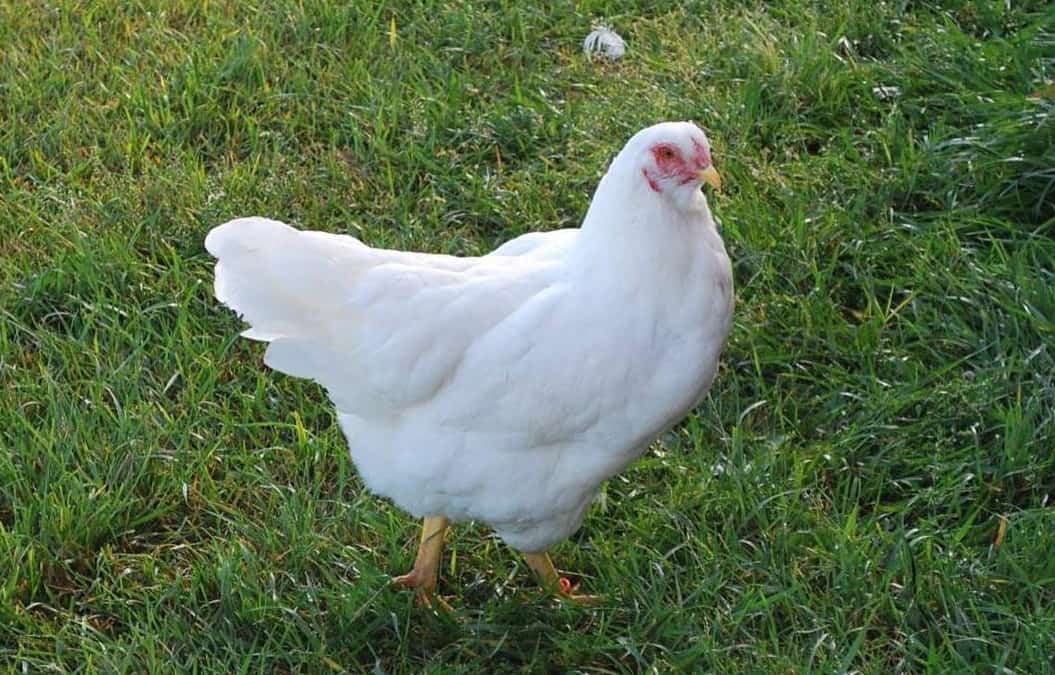
The invention of the Chantecler chicken was mostly thanks to one Brother Wilfrid Châtelain, a Canadian monk. Brother Chantecler came to the conclusion that at that point in history no Canadian-specific breeds of chicken had yet been established.
At that point in time, Canada was home to only European and American breeds of chicken. Seeing this as a flaw in Canada’s agricultural history, Brother Chantecler made it his mission to proliferate a breed of chicken specific to Canada.
Eleven years would pass before the Brother’s declaration and his presentation of the Chantecler breed of chicken to the public in 1918. However, Brother Chantecler would eventually find success.
Brother Chantecler would set out to create a chicken well-suited to Canadian winters as well as the production needs of the time. He would combine a wide variety of chickens before eventually settling on the chicken that would become known as the white Chantecler. Breeds include:
- Dark Cornishes
- White Leghorns
- White Plymouth Rocks
- Rhode Island Reds
- White Wyandottes
Just three short years later, the breed would be inducted to the American Poultry Association’s Standard of Perfection. The Chantecler would remain only one of two chicken breeds produced by Canada. It would also certainly be the only breed of chicken known to have been created by a religious figure.
However, the breed would be met with a highly publicized extinction in 1979 after the last rooster kept by an institution met its end.
Despite this pronouncement, the Chantecler would go on to be maintained by small farms throughout Canada. Although the Chantecler still exists today, its conservation status is listed as critical. There are very few Chantecler chickens that have persevered over time.
Chantecler Chicken Breed Standard and Appearance
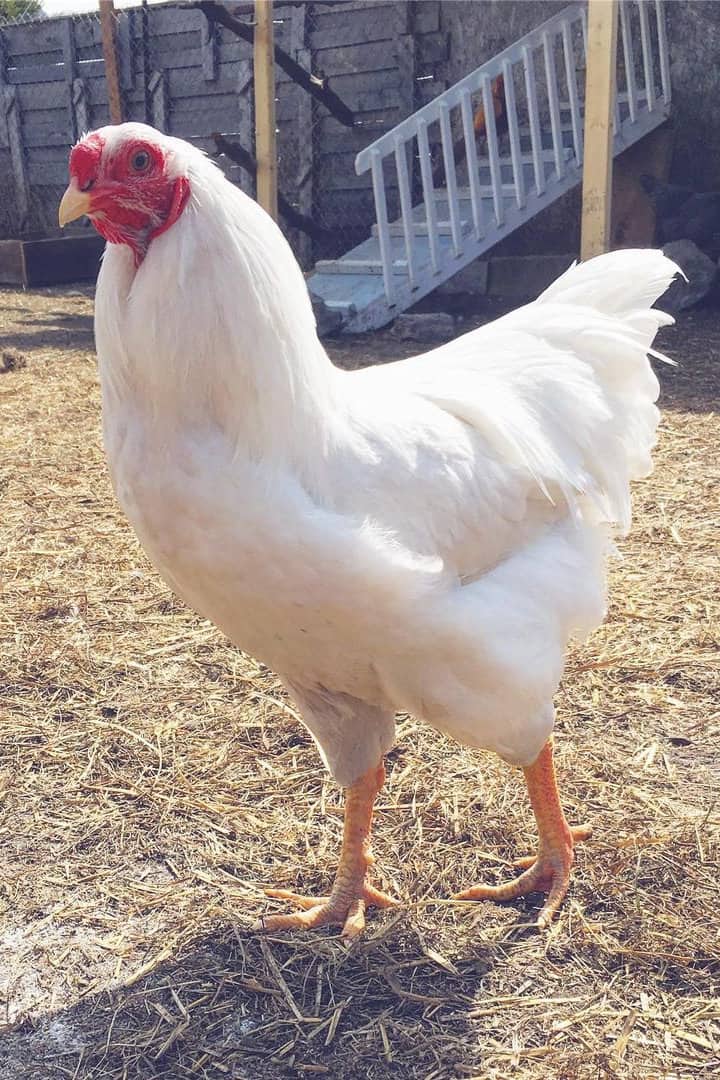
White birds are known to produce particularly clean carcasses. The Chantecler chicken’s white appearance was developed very deliberately, as these birds are thought to be ideal for meat production.
However, over time, a particular breed of Chantecler was established in order to better suit free-range conditions. Known as the Partridge Chantecler, this chicken was bred from a variety of chickens:
- Brown Leghorns
- Dark Cornishes
- Partridge Cochins
- Partridge Wyandottes
The lighter-colored Buff variety of Chantecler was introduced in the 1950s. However, only the White and Partridge Chantecler varieties have ever been accepted by the APA.
These chickens are large, with the roosters weighing about 9 pounds and the hens weighing up to 7.5 pounds. With yellow skin as well as yellow beaks, small wattles, and comb, these chickens lack hugely identifying tells.
The Chantecler chicken is also known to have light and fluffy plumage that remains tight against their bodies, helping them to remain cold hardy.
Over the years, Chanteclers have been bred to have smaller wattles than their original counterparts. This has created a slight distinction between the original Chanteclers and the Chanteclers that persist today.
Personality and Temperament
Chantecler chickens are easy-going and amenable overall. Gentle and personable, the Chantecler chicken is an easy addition to any flock.
However, the Chantecler chicken is known to become a little stir-crazy in confinement at times, preferring instead to have its own space to roam. Giving Chanteclers space to roam should fix this issue, however, leaving one with highly amenable chickens that require little to no maintenance.
Their cold wattles mean they barely require any trimming, and their large frames allow them to produce eggs fairly easily. This well-bred chicken makes the Chantecler a simple addition to any farm overall.
While easy-going, these birds are also fairly intelligent and highly curious. While they’re typically trouble-averse, many of them are intrigued by humans and enjoy human attention. Friendly Chanteclers are likely to follow their owners around and even like to be held from time to time.
Great foragers and all-around well-intentioned chickens, it is likely you will come across a Chantecler that thinks highly of itself without turning itself into a bully. These chickens will stick up for themselves, but will likely not act as aggressors towards other chickens.
Chantecler Chicken Egg Laying

Bred to be the first all-purpose chickens suited specifically to Canadian means, Chantecler chickens are well-known for being great egg-layers.
As these are winter hardy birds, they are even better winter egg layers and produce large brown eggs. They typically lay an impressive 4 eggs per week.
As these chickens were developed to be ideally suited to cold Canadian winters, the Chantecler chicken remains hardy even in the winter. This is even more useful when it comes to winter laying. Many of even the best laying chickens are not as productive in the winter.
This quality makes the Chantecler is the ideal hardy winter bird. It is perfect for those looking for good wintertime egg layers.
However, despite their proficiency at laying even in the wintertime, older Chantecler hens are known to go broody. Despite this, the Chantecler maintains a solid track of egg-laying throughout most of its life, as well as throughout the year.
Giving the Chantecler the right amount of room to roam is extremely important to its wellbeing. With this, they are fairly low-maintenance egg-layers that are ideal for nearly any farm.
Health Issues and Care
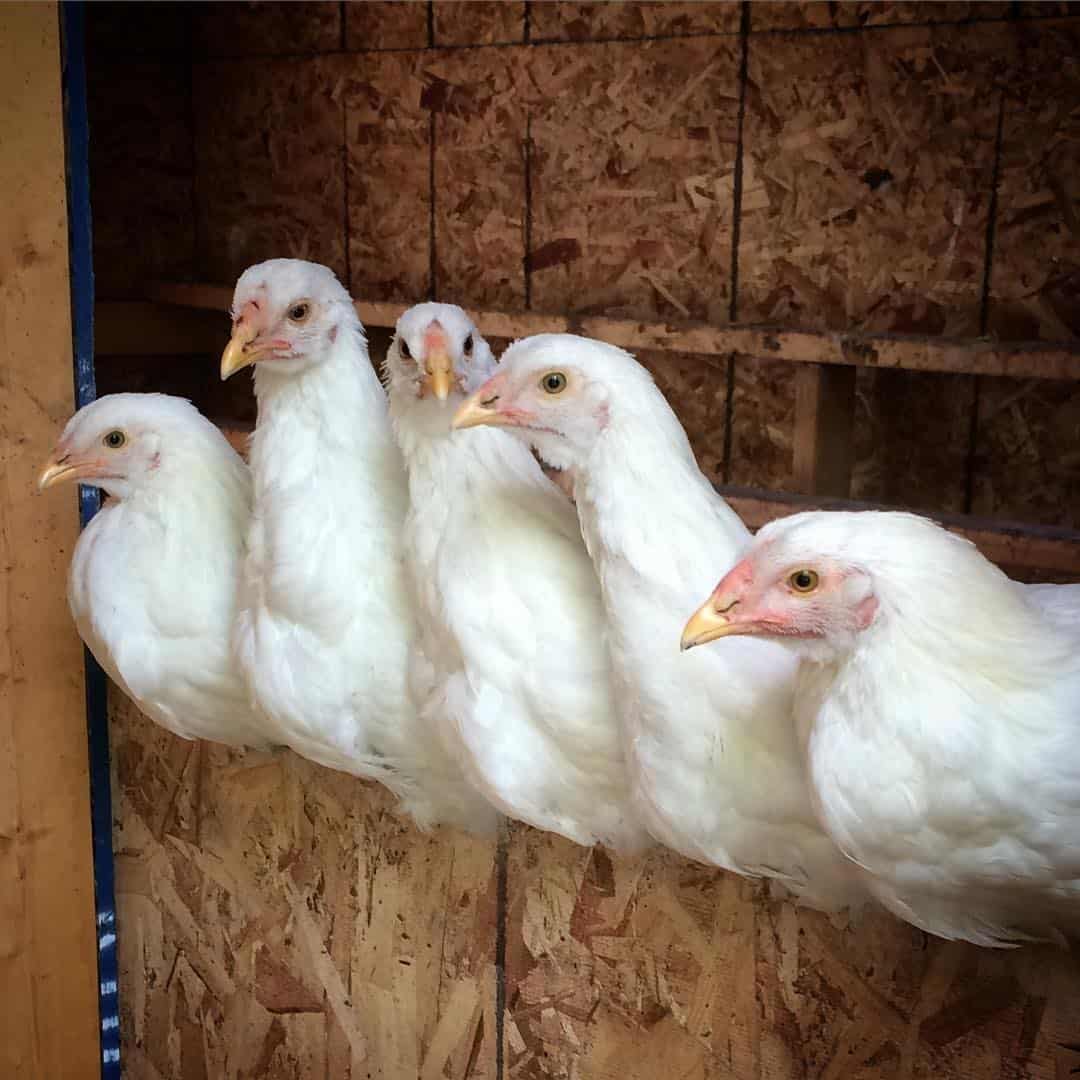
As the Chantecler chicken was bred specifically in order to withstand the Canadian climate, it is extremely cold hardy. Many birds sacrifice a bit of hardiness in warm weather in order to accomplish this. However, the Chantecler remains hardy in warm weather as well as cold.
Additionally, Chanteclers are extremely low-maintenance birds when it comes to health issues. The Chantecler’s nearly non-existent wattle and closely-knit feathers prevent grooming from being a large issue.
One thing Chantecler owners should be wary of is being sure to have enough room for these slightly flighty birds to range freely. they tend to get a little stir-crazy if kept in confinement for too long. However, these birds are typically easy-going and get along well with other birds.
Giving Chanteclers ample space to range and forage is a great solution for this. However, this is just about all one needs to do in order to keep Chanteclers happy.
Bred to be excellent at just about anything they do, Chanteclers have also developed undemanding personalities. However, when their few demands are not met, Chanteclers can become a bit obstinate. If confronted with chickens that do not behave the way they wish or bully them, Chanteclers will stand up for themselves.
5 Tips for Raising Chantecler Chickens

1. Give them Room
As mentioned above, be sure to provide your Chanteclers with plenty of space to roam and forage.
2. These are Great Egg Producers
Although the Chantecler chicken has decreased in popularity over the years, do not correlate this with poor breeding capacity. These chickens are great egg producers, producing large brown eggs frequently, and even in the winter. Do not underestimate the Chantecler’s power to be your flock’s main egg producer.
3. Remember They’re Also Great for Meat
Developed to be some of the best all-around chickens, the large size of these white chickens makes them excellent for meat production. Don’t forget what a treasure this breed is. Very few chickens are good for both eggs and meat, and even fewer have low-maintenance personalities.

4. They Can Survive in Hot and Cold
The Chantecler was originally bred to survive the harsh Canadian winters. However, those who live in warm climates should not be discouraged from having an interest in the breed.
These chickens are hardy all around and will be able to survive in most climates, hot or cold, very easily.
5. Do Not Place them With Aggressive Chickens
This may seem like a no-brainer, but these docile chickens should not be paired up with more aggressive ones. Although they are likely to provoke other chickens themselves, they will not back down from a challenge.
Chanteclers may be stubborn at times. Pairing a proud Chantecler with an aggressive rooster may result in a confrontation in which neither chicken will back down.
[su_youtube url=”https://youtu.be/Gli2kHtEaLs”]
Summary
While the Chantecler chicken’s conservation status is considered to be critical today, there is little reason not to attempt to rehabilitate these great creatures.
Excellent egg-layers and great for meat production, the Chanteclers are multi-purpose chickens with excellent personalities. What’s more, these easy-going chickens make a great addition to any flock.
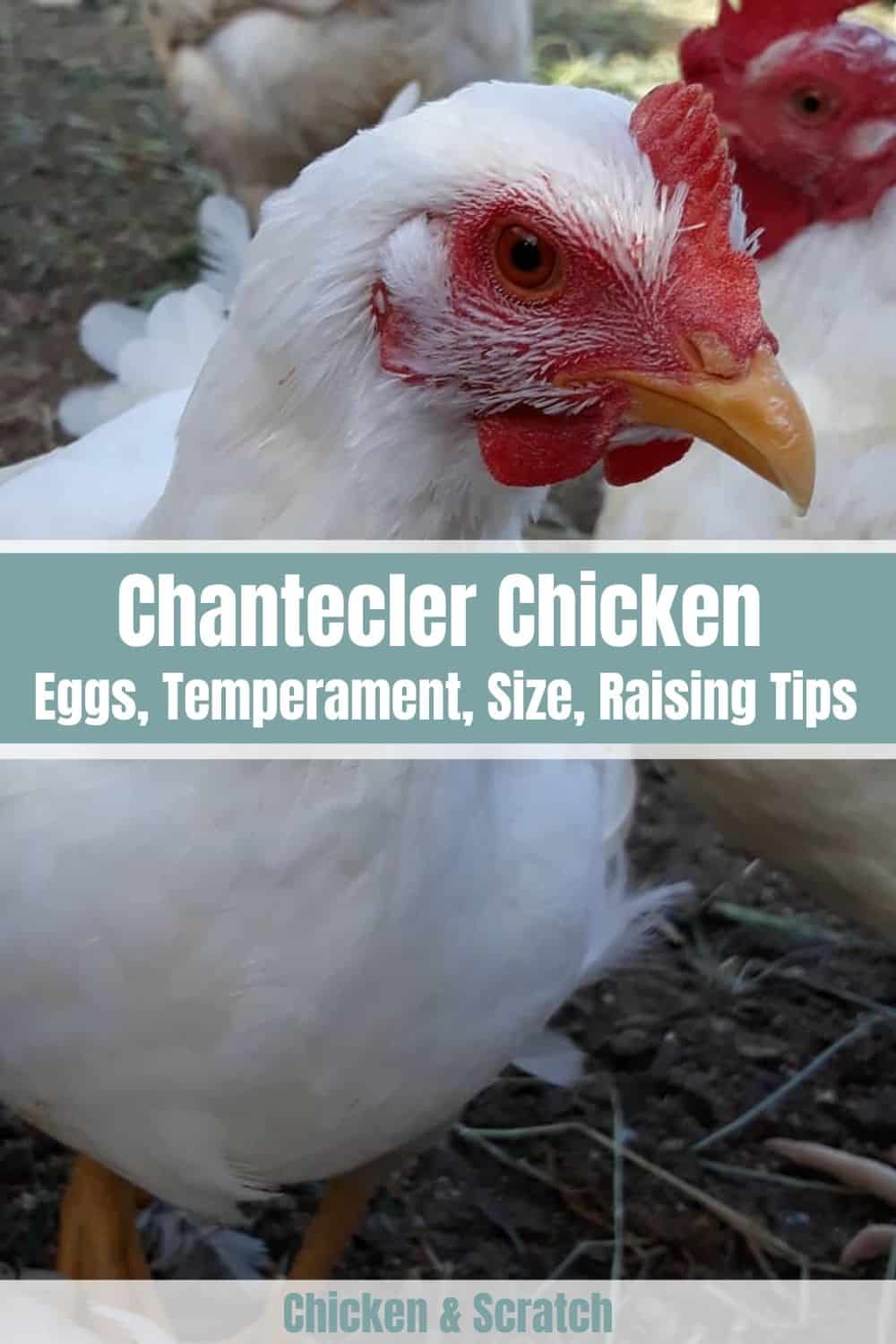

Joseph Hudson has been raising chickens for over 15 years. In 2018, he completed the Agriculture & Natural Resources program at Mt. San Antonio College. He currently raises over 1400 chickens on his 7.5-hectare farm. He keeps sharing his experience on raising healthy and happy chickens on Chicken Scratch The Foundry.
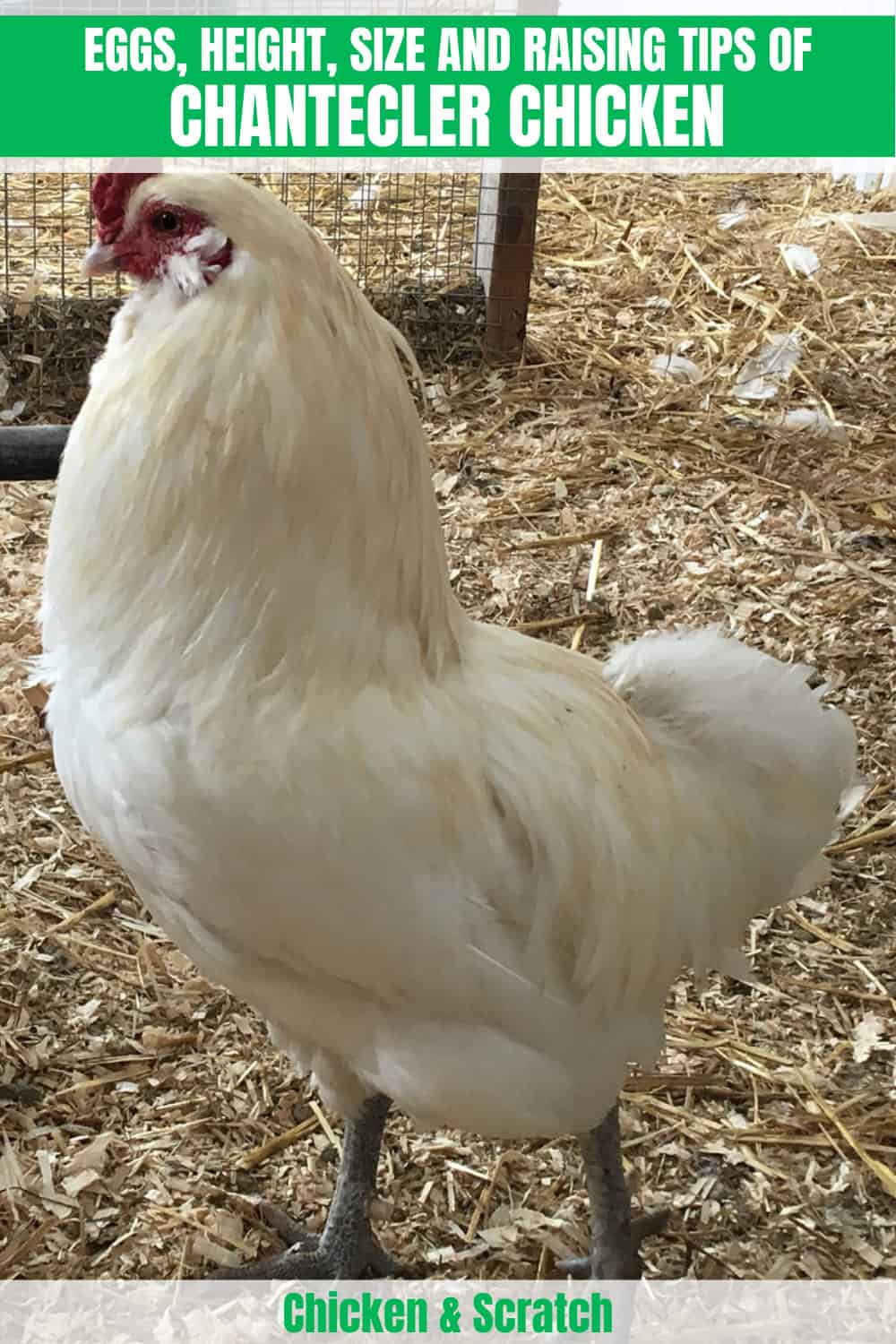







Very good article, overall, but you should change your very first picture. The picture that tops the article has blue legs and a muff. All Chants have yellow legs, and clean faced.
Also, my White hens lay white or very slightly rose-tinted eggs, while the Partridge hens lay a bit deeper-rose colored eggs. As such, for incumbation purposes, I can always tell which variety a particular egg came from.